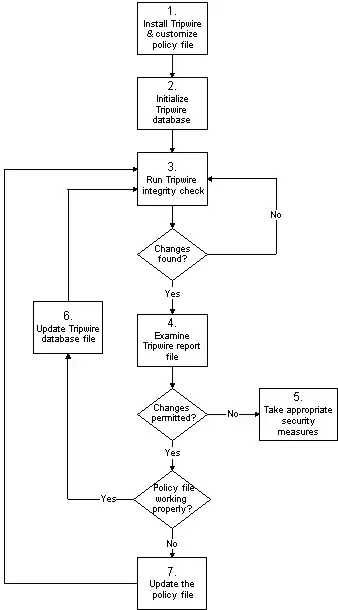When buying reserved instances on AWS, you can choose what size of instance you want to buy.
But:
When you're billed, it automatically uses whatever instances you have available.
The pricing seems to just be a factor of the normalization factor.
My question is, why would you ever buy anything but the smallest size?
For example, if you run a small instance in EC2, you might be tempted to buy a small reserved instance (3 years, all up front, $229). small instances have a normalization factor of 1. Why not buy four nano instances instead, which have a normalization factor of 0.25, and cost $228 (a buck cheaper)?
Wouldn't it always be better to purchase the smaller ones so you have the greatest flexibility? Why does Amazon even sell the larger sizes?
